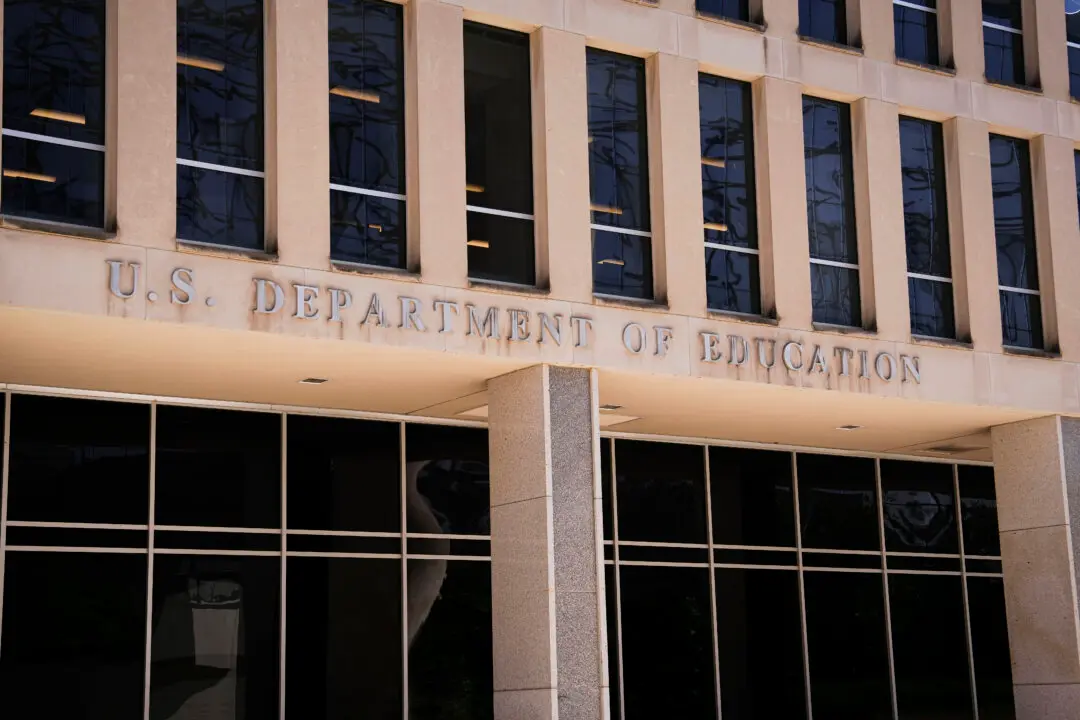An estimated 9.7 million federal student loan borrowers have fallen behind on their repayments since the end of the pandemic-era freeze, according to the Federal Reserve Bank of New York.
The freeze on student loan repayments and interest was first implemented by President Donald Trump in 2020 to ease financial burdens on Americans at the onset of the COVID-19 pandemic. It was extended multiple times under both the Trump and Biden administrations before officially ending in September 2023.
This was followed by a one-year “on-ramp” period, during which the Department of Education refrained from reporting late, missed, or partial payments to credit bureaus, placing loans in default, or referring borrowers to collections. However, interest continued to accrue, causing balances to grow for those who failed to at least pay the interest.
By the end of the transition period, the Fed estimates that the volume of past-due federal student loans hit a record-high 15.6 percent, accounting for more than $250 billion in delinquent debt held by 9.7 million borrowers.
Using data from pre-pandemic credit standings, analysts at the Fed estimated that those with superprime credit scores (760 or higher) could lose an average of 171 points, while subprime borrowers (scores below 620) may see an average decline of 87 points. The experts expect student loan delinquencies to surpass pre-pandemic levels once they begin appearing on credit reports in early 2025.
“Given these estimates, we expect to see more than nine million student loan borrowers face substantial declines in credit standing over the first quarter of 2025,” the Fed says, noting that some of these borrowers may be able to cure their delinquencies—either through making up missed payments or by entering a forbearance, but the damage will remain on their credit reports for seven years.
According to the experts, those with already low credit scores may see relatively small changes. However, prime and superprime borrowers will face steeper consequences, including reduced credit limits, higher interest rates, and restricted borrowing opportunities.
The report was issued as the Education Department, which oversees a $1.6 trillion federal student loan portfolio for 43 million Americans, continues to scale back operations ahead of its planned dissolution.
Eligible borrowers can now enroll in Income-Based Repayment (IBR), Pay As You Earn (PAYE), or Income-Contingent Repayment (ICR). The Biden administration’s SAVE plan—criticized by opponents as an unlawful attempt at large-scale student debt cancellation—remains unavailable.







